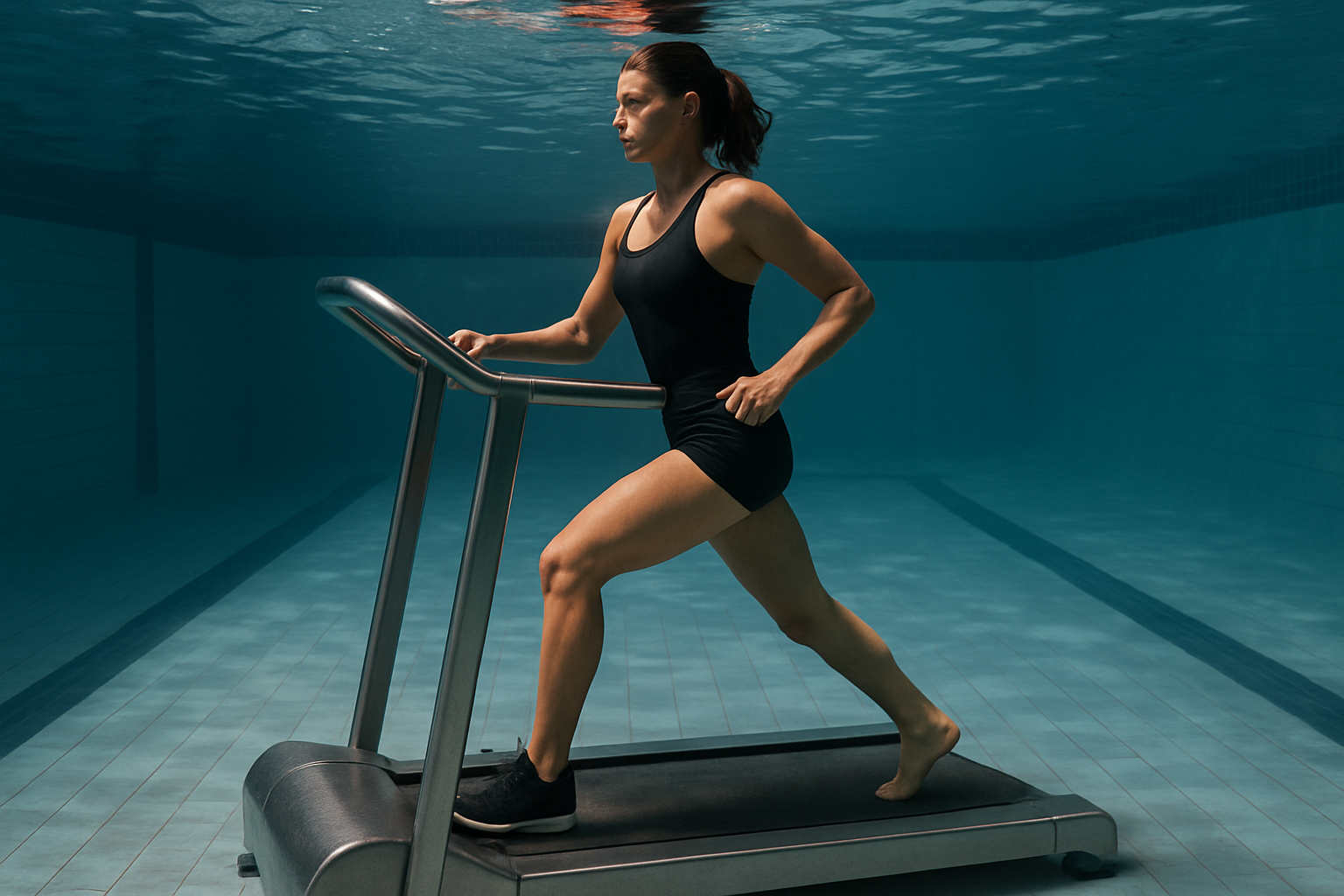Swish and Sculpt: The Rise of Mermaid Fitness
Dive into the enchanting world of mermaid fitness, where aquatic grace meets full-body workouts. This emerging trend is making waves in the fitness industry, combining the allure of mythical sea creatures with the benefits of water-based exercise. Mermaid fitness classes are popping up in pools across the globe, offering a unique blend of core strengthening, cardio, and fantasy fulfillment. Participants don colorful mermaid tails and learn to undulate through the water, channeling their inner sirens while engaging in a challenging, low-impact workout. As this whimsical approach to fitness gains traction, it's not just making a splash – it's creating a whole new category of aquatic exercise that appeals to both fitness enthusiasts and those seeking a touch of magic in their wellness routines.

The transition from novelty to fitness trend was gradual but steady. Pioneers in the field developed specialized workouts that capitalized on the unique properties of mermaid tails in water. These early adopters found that the monofin design of the tail created additional resistance, intensifying the workout and engaging muscles in new ways.
By 2015, dedicated mermaid fitness classes started appearing in select gyms and aquatic centers, primarily in coastal areas. The trend quickly spread inland as enthusiasts recognized the benefits of this innovative approach to aquatic exercise.
The Mechanics of Mermaid Workouts
Mermaid fitness combines elements of swimming, core training, and synchronized swimming. The key piece of equipment is the mermaid tail, which typically consists of a fabric covering that extends from the waist to the ankles, ending in a monofin that mimics a mermaid’s flukes.
During a typical class, participants engage in a series of exercises designed to work the entire body:
-
Dolphin kicks: The primary movement in mermaid swimming, this exercise targets the core, glutes, and leg muscles.
-
Underwater twists: These moves enhance flexibility and work the obliques.
-
Surface treading: Maintaining an upright position in deep water with the tail on strengthens the arms and core.
-
Diving and resurfacing: These movements provide excellent cardiovascular exercise and improve lung capacity.
The resistance provided by the water, combined with the added challenge of the mermaid tail, creates a low-impact yet high-intensity workout. This makes mermaid fitness particularly appealing to those with joint issues or injuries that prevent them from engaging in high-impact land-based exercises.
Physical and Mental Health Benefits
Mermaid fitness offers a multitude of health benefits that extend beyond traditional aquatic exercises. The full-body workout engages muscles that might be overlooked in other forms of exercise, particularly in the core and lower body.
Cardiovascular health is significantly improved through the constant movement required to propel oneself through the water with a mermaid tail. The American Heart Association recommends water-based exercises for their ability to improve heart health while minimizing stress on joints.
Moreover, the unique nature of mermaid fitness contributes to mental well-being. The playful aspect of embodying a mythical creature can reduce stress and anxiety. Dr. Sarah Thompson, a sports psychologist, notes, “Engaging in imaginative play during exercise can increase enjoyment and adherence to fitness routines, leading to better long-term health outcomes.”
The meditative quality of moving through water also promotes mindfulness and relaxation. Many participants report feeling a sense of freedom and connection to nature that they don’t experience in traditional gym settings.
Equipment and Safety Considerations
As mermaid fitness gains popularity, the market for mermaid tails and related equipment has expanded. Tails come in various sizes, materials, and designs to suit different body types and skill levels. Beginners typically start with fabric tails that allow for easier movement, while more advanced practitioners may opt for silicone tails that provide a more realistic appearance and greater swimming challenge.
Safety is a paramount concern in mermaid fitness. Certified instructors emphasize proper technique and safety protocols to prevent accidents. Participants are taught how to quickly remove their tails in case of emergency, and classes always include trained lifeguards on duty.
Dr. Michael Chen, an aquatic safety expert, advises, “While mermaid fitness can be an excellent form of exercise, it’s crucial that participants receive proper instruction and never swim alone while wearing a mermaid tail.”
The Future of Mermaid Fitness
As the trend continues to grow, the mermaid fitness industry is evolving. Specialized certifications for instructors have been developed, ensuring consistent quality and safety standards across classes.
The market is also expanding beyond basic fitness classes. Some coastal resorts now offer mermaid-themed vacations that combine fitness classes with underwater photography sessions and eco-tourism activities focused on marine conservation.
Technology is playing an increasing role in the mermaid fitness world. Waterproof fitness trackers designed specifically for aquatic use allow participants to monitor their performance and track improvements over time. Virtual reality experiences are being developed to simulate open-water mermaid swimming, potentially bringing the experience to landlocked enthusiasts.
The environmental consciousness often associated with mermaid culture is influencing the industry as well. Many mermaid tail manufacturers are now using eco-friendly materials and supporting ocean conservation efforts.
As mermaid fitness continues to make waves in the wellness world, it represents more than just a novelty workout. It embodies a holistic approach to fitness that engages the body, mind, and imagination. Whether it’s the allure of embodying a mythical creature or the effectiveness of the water-based workout, mermaid fitness is proving to be more than just a passing trend – it’s a testament to the ongoing innovation in the fitness industry and the human desire to find joy in movement.




